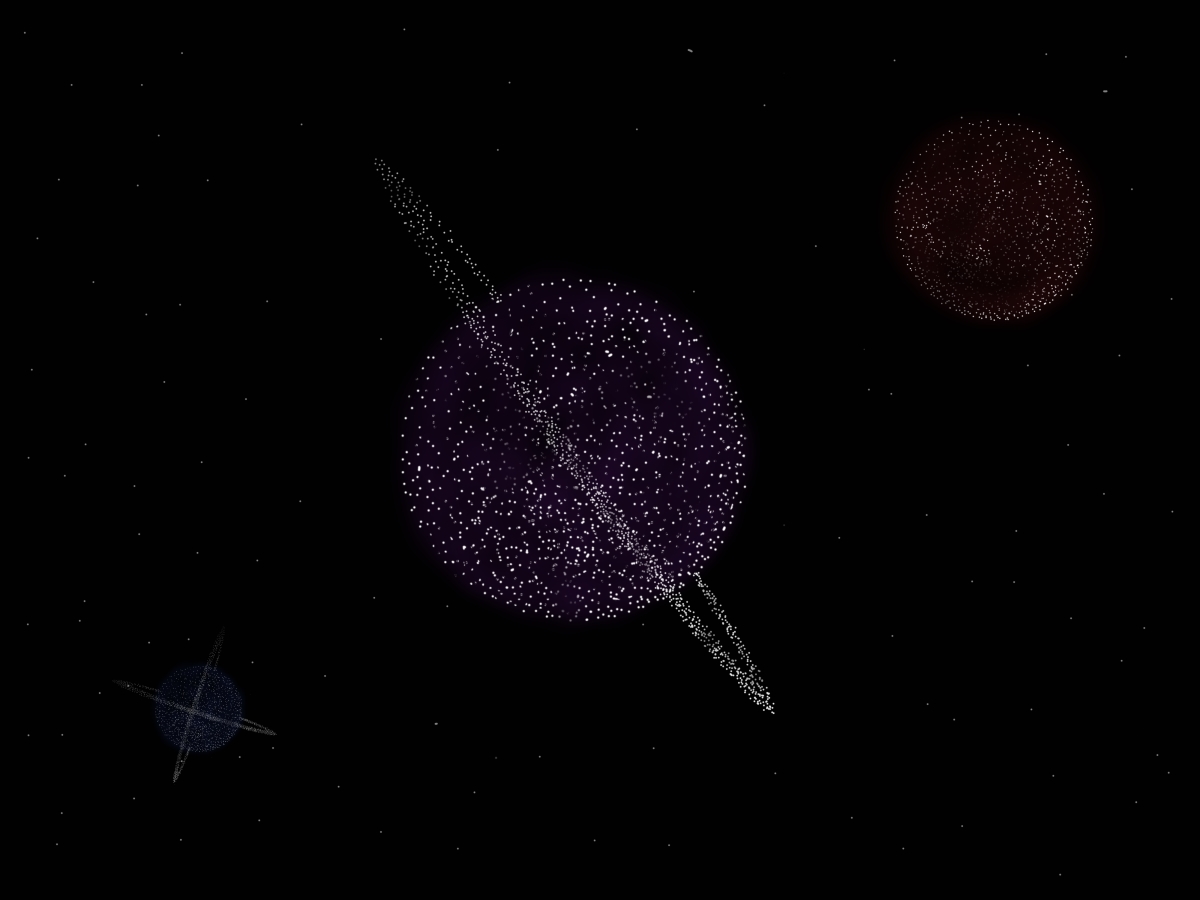On Nov. 17, the McGill Space Institute (MSI) hosted a special public lecture titled “Surveying the Universe,” given by Steven Kahn, the director of the Vera C. Rubin Observatory and a professor of physics at Stanford University. Khan discussed the goals of the Large Synoptic Survey Telescope (LSST) which is located on the same mountain as the Gemini South Telescope in central Chile.
“The idea is actually very simple,” Kahn said. “We build a telescope that can take large-format digital images very quickly so that the entire southern hemisphere of sky […] can be surveyed with these images in just a few nights.”
This process will be repeated over the course of 10 years, allowing researchers to observe moving objects in the sky, track how they change over time, and construct some of the most detailed astronomical images ever taken.
“This will yield catalogues of something like 20 billion galaxies and a comparable number of stars,” Kahn said. “It will be the first time in human history that we know of more objects in the universe than there are people on Earth.”
To capture these catalogues of images, the team of scientists at the Rubin Observatory built the largest-ever digital camera and developed a new optical system with a large enough field of view, the maximum angular size of the object viewed from a given point.
“The field of view for the Rubin Observatory is 10 square degrees, which is roughly 40 times the size of the full moon in the sky,” Kahn said. “The camera for the Rubin Observatory is 3.2 billion pixels. It’s equivalent to about 1,500 of the highest resolution high-definition televisions.”
Even the telescope’s mount had to be specially designed to facilitate the rapid movement, known as slewing, necessary to capture images of the whole southern hemisphere in just a few nights.
“We’re moving this massive telescope every 30 seconds, and conventional telescopes, as you slew them around, take a while to settle and you can’t take a picture until they’ve settled,” Kahn said. “We set a limit that we needed to be able to slew and settle within five seconds, and that had never been done before with telescopes of this size.”
Ensuring that the vast amounts of data that the Rubin Observatory will collect can be easily shared is also a key consideration in the telescope’s construction. Within 60 seconds of the camera’s shutter closing, all the changes that occurred since the image was taken will have been detected and the information saved on a central computer system. A system of optical fibre networks will connect the telescope in Chile to processing facilities in the United States and France. A supercomputer in the Rubin archive will then process the raw data to create usable image files, time-domain alerts (recorded changes of astronomical objects over time), and catalogues.
Kahn explained a number of ideas that prompted the building of the observatory.
“[The] four main science themes that have motivated the design of this facility [are] probing dark energy and dark matter, […] taking an inventory of moving objects in the solar system, exploring the transient optical sky, and mapping the outer regions of the Milky Way,” Kahn said.
The onset of the COVID-19 pandemic in March of 2020 delayed the construction of the observatory and its equipment as Italian and Spanish construction teams returned home and laboratories in California were temporarily shut down. Work on the camera resumed in California in May and the team is hopeful that construction in Chile can resume in January 2021.
“It’s been difficult to maintain morale during this period, but our team is very committed, fortunately,” Kahn said.
Under the new timeline, the observatory is set to begin operations in 2023. The duration of the project is expected to be 10 years in total.
This talk can viewed on the MSI YouTube channel.









